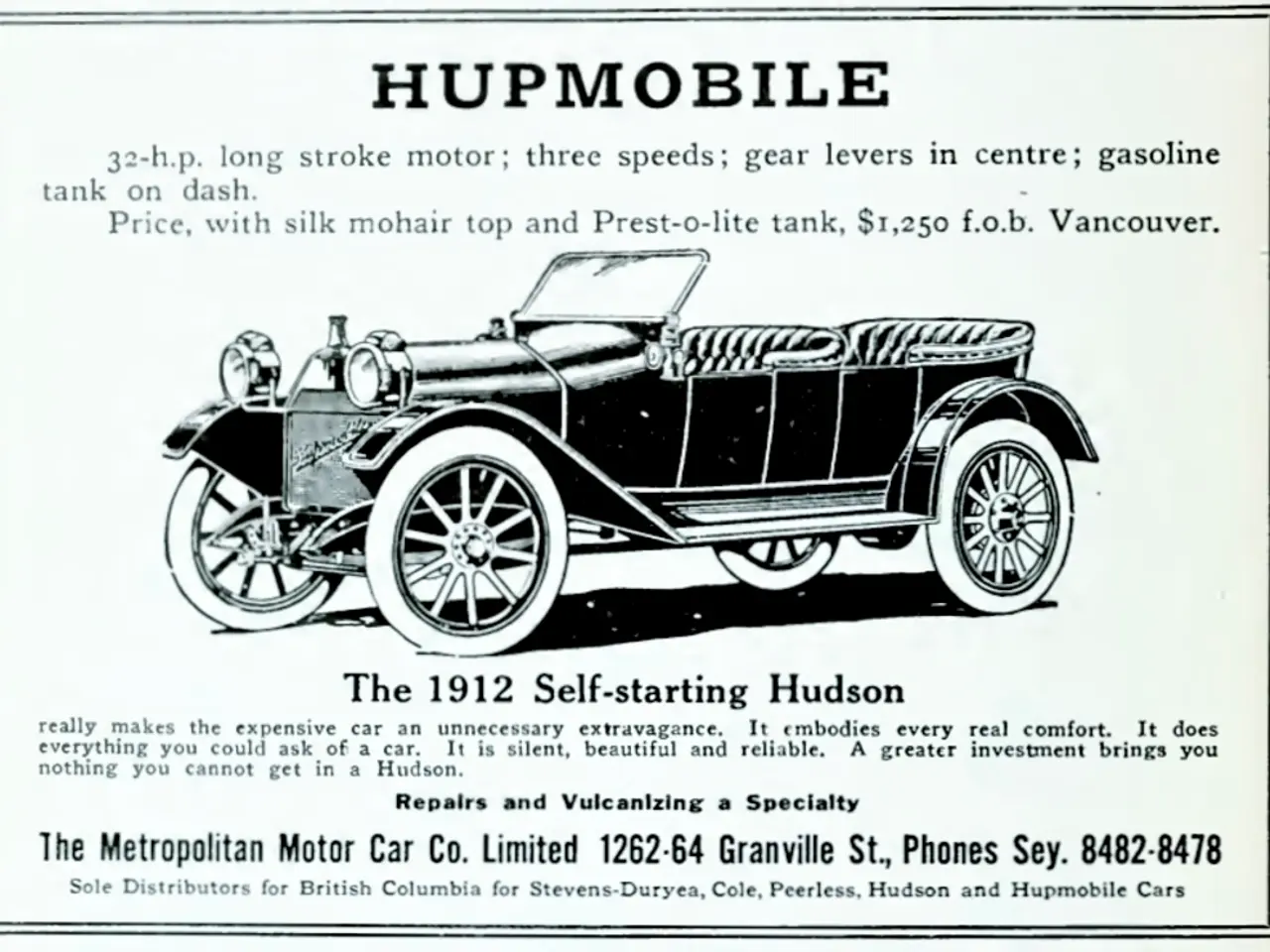Younger Generations Seek Comprehensive Car Ownership - Demand for Insurance and Financing Extra Features Increases Among Gen Z and Millennials.
In the ever-evolving world of automotive sales, a new trend is emerging that could revolutionize the way dealerships operate and increase their revenue. Embedded insurance, the practice of offering insurance during a vehicle purchase, is gaining traction as a potential game-changer in the Finance and Insurance (F&I) departments of dealerships.
According to a CDK study, the likelihood of a customer recommending a dealership is highly impacted by the amount of time a transaction takes. This is where embedded insurance comes into play, streamlining the insurance purchase process and enhancing customer satisfaction.
For instance, at Carvana, the embedded insurance process takes place online, reducing wait times compared to traditional dealerships. In 2022, Carvana partnered with Root Insurance to offer embedded insurance to customers during online purchases. After answering a few questions, the customer receives a text with different insurance offers from national brands and can also speak with an agent. The process involves just three clicks, making it incredibly convenient for customers.
The benefits of embedded insurance are not limited to quicker transactions. When a customer purchases insurance as part of the vehicle buying process, F&I gross rises by 28%, according to Polly's Q1 and Q2 2025 Embedded Auto Insurance Report. Furthermore, 66% of those surveyed expressed interest in buying insurance during a vehicle purchase.
Dealerships stand to gain significantly from this trend. Embedded insurance may boost a dealership's F&I income by enhancing profit margins and driving greater customer acceptance of add-on products. By integrating insurance products seamlessly into the vehicle purchase process, it can potentially increase attachment rates, streamline sales, and improve customer satisfaction by offering tailored protection options relevant to the vehicle type and buyer budget.
In a high-price vehicle market, where new vehicle costs average around $49,000 and customers are very price-conscious, dealerships are shifting focus to optimize F&I as a vital revenue stream. Embedded insurance can be especially effective as part of a tailored F&I strategy that considers new versus used vehicle buyers’ differing preferences and budgets.
Dealerships that embed insurance products benefit by increasing the likelihood customers add these products during purchase (F&I attachment rate), helping counteract vehicle price sensitivity and shrinking sales margins. The integration also helps F&I personnel align product offerings to specific vehicles and customer needs, such as powertrain warranties for high-mileage vehicles or appearance and technology protection for luxury cars, further enhancing profitability.
Additionally, embedded insurance supports the evolution of the F&I department beyond merely maximizing profit on vehicles to influencing acquisition strategy, ensuring each vehicle’s profit potential includes backend F&I income, making direct vehicle acquisitions more competitive and financially sound.
On consumer preferences, customers tend to value F&I products that clearly add financial protection and convenience, especially when seamlessly presented as part of the vehicle purchase. Those purchasing used vehicles often prefer extended warranties or coverage relevant to the vehicle's condition or mileage, while new vehicle buyers might look for comprehensive service contracts that align with lease or finance terms. Embedding insurance products caters to these preferences by offering the right protection products at the right moment, improving acceptance rates and customer satisfaction.
However, not all dealerships have embraced this trend yet. Germain Toyota, for example, does not offer embedded insurance, but salespeople may help customers find insurance, often with a broker they have a relationship with. Carlos Cardenas, finance manager at Germain Toyota of Naples, FL, states that embedded insurance could potentially make the car buying process easier but might annoy customers.
In conclusion, embedded insurance is a promising development in the automotive industry, offering dealerships the opportunity to increase F&I income, streamline sales processes, and improve customer satisfaction. As more dealerships adopt this practice, we can expect to see a shift in the way vehicles are bought and sold, with a focus on convenience, transparency, and personalized protection options.
[1] https://www.forbes.com/sites/jimdaly/2022/08/15/embedded-insurance-the-next-frontier-for-automakers-and-dealers/?sh=71a85c956c8e [2] https://www.autonews.com/dealerships/embedded-insurance-offers-dealers-new-revenue-stream [3] https://www.cdkglobal.com/resources/insights/2021/cdk-2025-friction-points-study-reveals-customer-frustrations-and-opportunities-for-dealerships-to-improve-the-car-buying-experience/
- The integration of embedded insurance into the vehicle-purchasing process can potentially boost a dealership's business revenue by enhancing profit margins and driving greater customer acceptance of add-on products, as it streamlines sales and offers tailored protection options relevant to the vehicle type and buyer budget.
- In the realm of finance and technology, embedded insurance technology has the potential to revolutionize the business of dealerships, offering a seamless and convenient insurance purchasing process that caters to customer preferences and increases F&I income.




